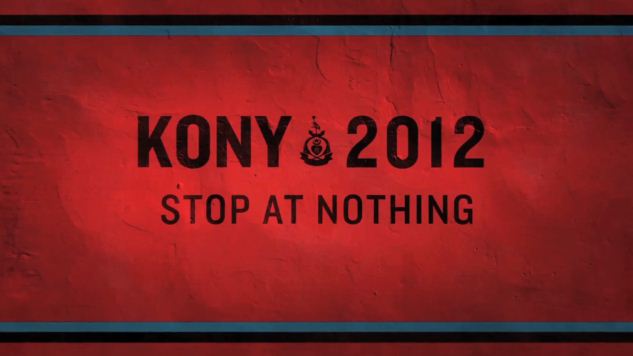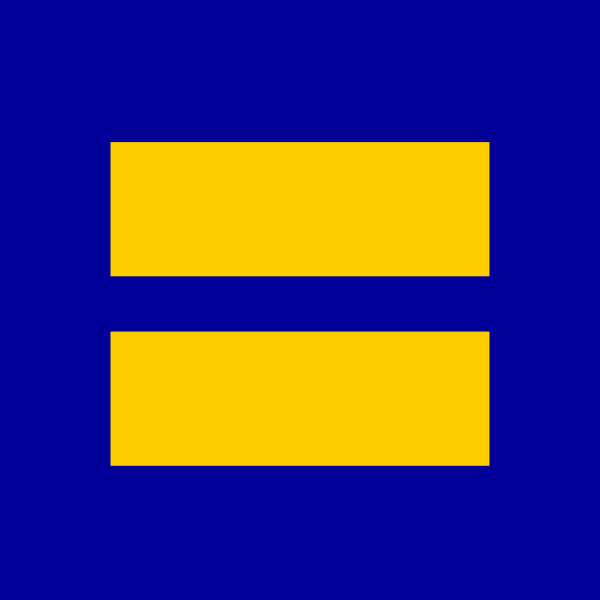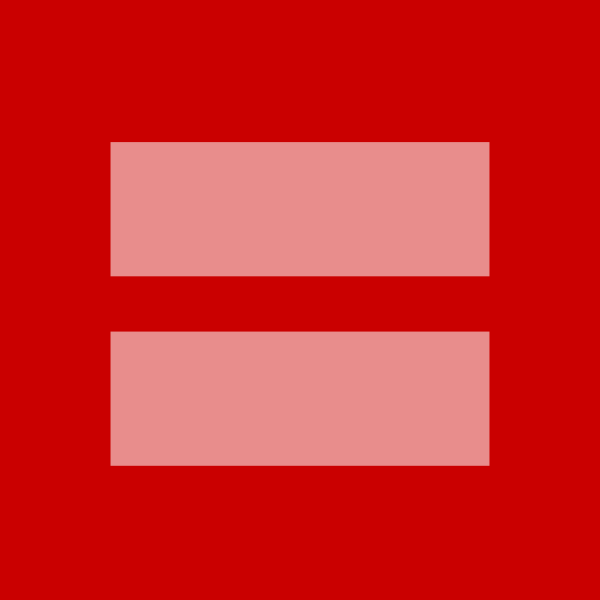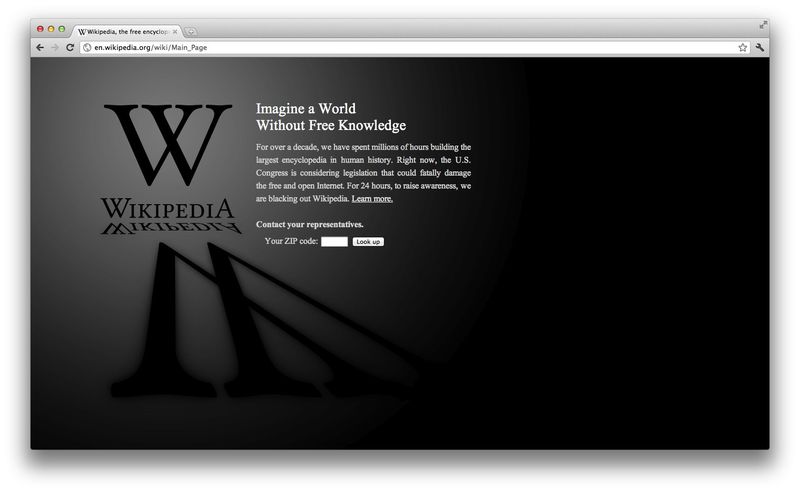Slacktivism – campaign killer or campaign thriller?
In the past couple of years, the word slacktivism has been banded around all manner of charity news and campaigns. As a lazy portmanteau of slack and activism, the word seems perfectly suited for its purpose - to criticise lazy activist efforts that require little to no effort. But is slacktivism really such a bad thing, or is it an easy start for wannabe activists?
Recently, a particular type of slacktivism called clicktivism (where people simply like on Facebook, retweet or share causes) has come under fire. There have been many critics, but the most high-profile have been UNICEF.se. One of their most recent campaigns issued clicktivism directly with a series of videos entitled “Likes don’t save lives”, in which the ineffectiveness of Facebook likes and social currency in the real world are highlighted.
Critics often point to KONY 2012 as an example of how online activity doesn’t translate into real world gains. The 30-minute viral video took over social networks when it was released in 2012, filling everyone’s Facebook and Twitter feeds with its message. Within days the video reached over 97 million views and became known by nearly everyone. What set it apart from most viral videos to date was that it had clear and defined goals. It urged people across America to flypost pictures of Joseph Kony, leader of the Ugandan guerrilla group the Lord’s Resistance Army, across cities.
While the campaign was undoubtedly successful in raising awareness, this didn’t translate into real-world action. The flyposting campaign flopped, with few people actually participating. It was a far cry from the millions who watched on YouTube and shared the video across social media sites.
Using KONY 2012, as the be-all and end-all that slacktivism is inherently flawed is an inherently flawed viewpoint in of and as itself. There were many criticisms and skepticisms of the campaign which quickly came to light when the video went viral. Invisible Children, the organisation behind the video, and its employees came under intense scrutiny. This increased pressure led co-founder Jason Russell to a meltdown, which served only to further distance people from the cause.

What destroyed the cover the night campaign, wasn’t increased media scrutiny nor unusual activity from its main publicist. It was the timescale. The KONY 2012 video went viral at the beginning of March 2012, it hyped people up and made them want to get involved. The cover the night campaign, which was the ultimate goal of the video, was on April 20 2012. Two months later. All the momentum that the video built quickly dissipated due to media bruhah.
Slacktivist success stories
There have also been some successful slacktivism attempts like Human Rights Campaign’s red marriage equality campaign. In June 2013 the Supreme Court of the United States (SCOTUS) had to decide on two legal cases regarding same sex marriages. One was a case challenging the federal government’s refusal to recognise the marriages of gay and lesbian couples because of the Defense [sic] of marriage act; the other a challenge to California’s Proposition 8 ban on same-sex marriage.
In response to these two potential landmark cases, America’s leading LGBT organisation, Human Rights Campaign (HRC), went about showing how many Americans support same sex marriage. To do this they palette swapped their logo, which is one of the most recognisable LGB&T symbols, from the usual blue and yellow to red and pink. They then encouraged people to change their Twitter and Facebook avatars to this new red and pink symbol to show their support.


Social networks were overrun with the avatars and prompted many discussions and stories about same-sex marriages. Many also shared stories about being accepted by others and the campaign provoked largely positive reactions. It’s impossible to say whether the tide of public opinion actually influenced members of SCOTUS (who voted in favour of same-sex marriages), but what is for certain is that the campaign showed how many Americans support same-sex marriages and that gay people are not alone in wanting more LGB&T rights.
Another example of the power of slacktivism was the Stop Online Piracy Act (SOPA) protests. These were anti-piracy laws that would allow American law enforcement agencies to block entire websites if it hosted even one piece of copyrighted content. This would in theory allow sites like Wikipedia to be closed down entirely if one person uploaded a single copyrighted image to a page. It was an aggressive, draconian and impractical attempt to police the web, and was widely criticised by internet users and publishers alike.

On January 18 2012, the internet protested. Hundreds of websites went black, hiding all their content behind the message ‘Stop SOPA’. From web giants like Google, Reddit and Wikipedia to independent websites and blogs, it was a message repeated across the net. The blacked-out websites directed 4.5 million people to sign a petition protesting the act. Two days later, on January 20 2012 SOPA was shelved indefinitely. The protest also had the effect of teaching people about copyright laws and privacy on the internet, it started a discussion. For many it was the beginning of an education about something that is very important to modern day life.
And that’s where slacktivism is at its most powerful. It’s rarely an end product, it’s a beginning. It’s something to engage people with, to make them aware of an issue and to get them to make others aware of it. Many people will do nothing more than that, and that’s a shame. But there will be those who take that step from slacktivism and actually engage on a deeper, more meaningful level. And they might be people who heard about the cause through slacktivists. There has been research that also suggest people are more likely to donate to a charity after they’ve signed an online petition than if they see the petition but don’t sign it.
So where does that leave companies like UNICEF, who are looking for funds more than publicity? Well many charities are teaming up with business partners to gain donations through slacktivism. For instance the UN World Food Programme (WFP) have teamed up with Royal DSM to fight hidden hunger, and every time someone Likes the WFP’s Facebook page Royal DSM will donate funds to the charity.
A similar partnership happened between the Food Bank for New York City and car-manufacturers Toyota. They also enlisted film-makers Supermarché to create and upload a short documentary called Meals Per Hour which was about how Toyota’s manufacturing techniques helped distribute meals to people affected by Hurricane Sandy. For every view this video got on YouTube, Toyota donated 1 meal to the Food Bank for New York City. After 10 weeks the video had been viewed over a million times, and ended up serving a million meals.
Something as simple as a Facebook like, a retweet or changing an avatar, can be the first low effort step (or click) on an activists journey, but it’s not to be grumbled at. Today’s likers are hopefully tomorrows donors and long term supporters.
